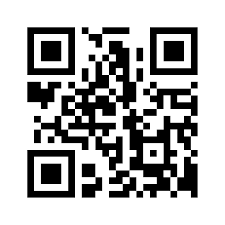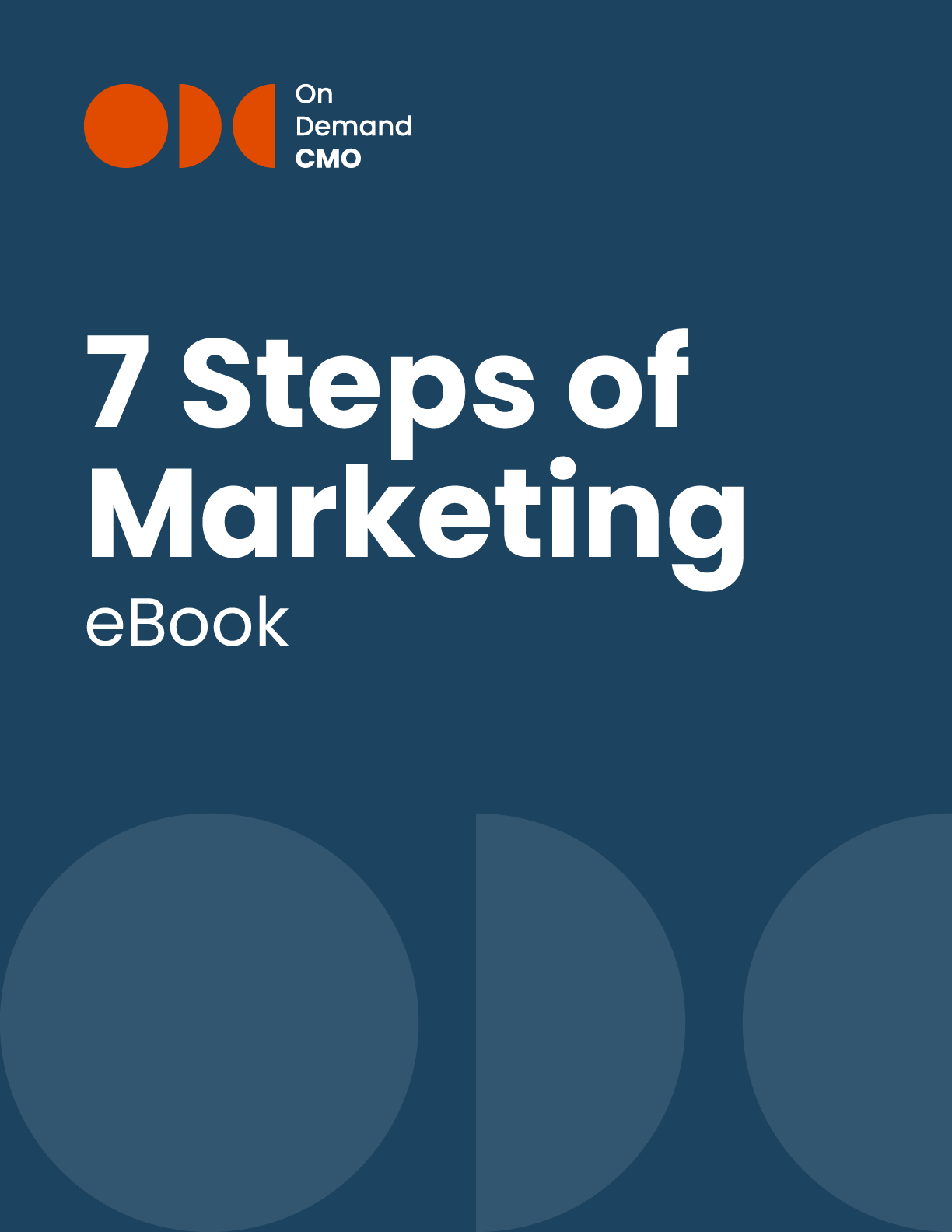
When QR codes went away, most marketers who chose to write about why said that they just stopped being cool. A few more insisted that they were never cool to begin with. But I think Gary Vaynerchuck had the right idea a year ago: we ruined them. Marketers jumped on it and taught the consumer that QR codes were a vaguely inconvenient way to access advertisements. We’ll never get a chance to un-teach them that, so it will never be a useful medium again. Now that some time has passed since the QR codes were all hunted to extinction, I want to talk about what we can learn from the QR code mistake.
You might not have ever even been aware of it, but QR codes were cool once. They were new and weird and exciting in 2011. Peapod and Tesco set up virtual grocery stores in subway passenger tunnels, so that commuters could do their shopping on their way home. You actually used to be able to see people pull out their phones and scan codes in public.
QR (Quick Response) codes were developed as a way to bridge mobile content with the real world. We might forget, but the internet lived almost exclusively at home a few short years ago. Free public Wi-Fi was not ubiquitous, tablets and phones large enough for convenient browsing did not yet exist, and laptops usually stayed parked at the house or office.
In 2012, it was true for the first time that there were more smartphone users than basic phone users, but online mobile content hadn’t caught up yet. People were just starting to optimize their websites for mobile browsing, so many websites were clunky and slow and didn’t load correctly. Phone screens were still pretty small. 4G was brand new, so many people were on data networks that loaded mobile content painfully slowly. The market was poised to respond really well to physical, public bookmarks that pointed to mobile-specific content that could be accessed quickly and easily. It should have been huge—but marketers got lazy. Here’s what we should have known.
Consumers Will Not Seek Out Your Ads.
Consumers started noticing that more often than not, scanning a QR code would just bring them straight to an advertisement. Let me make this abundantly clear: an ad is not “exclusive content”. A promotional video is not “an experience”. A sales landing page is not “an opportunity”. It’s an interruption. A commercial is a commercial, and making the customer jump through hoops to get to it does not make it an interactive, “engagement” opportunity for the consumer.
I found one article from 2013 on Marketing Land titled “QR Codes Work (When Done Well)”. The article insists that, “QR codes can be a great way to link real world objects to online messaging, creating engagement opportunities for brands that did not exist previously, and bridging the gap between online and offline advertising like very few media before them.” Do you notice that the wording here sounds like a sales pitch that a marketer would give to a client?
Consumers didn’t want their real world objects to link to online messaging, when online messaging was just shorthand for “more commercials”. “Engagement opportunities for brands” implies that the engagement worked both ways, that consumers and advertisers would come together in an online or offline interaction to exchange something. But marketers weren’t offering anything to the users other than a sales ask. Making the customer spend their time to navigate to your ad out of curiosity and then asking them to spend their money buying your stuff isn’t an “engagement”, it’s a bait and switch. Remember the secret decoder ring scene of A Christmas Story, where the protagonist feels betrayed to discover that his coveted prize just decodes the phrase “Be sure to drink your Ovaltine”? It’s the same thing. The consumer isn’t left feeling “engaged”, they feel irritated and dumb for scanning it in the first place.
Marketers Don’t Think About User Experience
QR codes revealed how embarrassingly often marketers simply fail to do the brainwork to ask themselves “will the consumer logistically be able to use this?” To see what I mean, take a look at this website that compiles photos of QR codes printed in absolutely ridiculous and unusable places. Remember—you needed to be able to stand in front of a code and scan it with your phone for a few seconds in order to access it. But marketers started putting them in places where a consumer could not possibly do that—like on the back of a moving bus. Or as part of a scrolling marquee, printed on a subway tunnel wall on the opposite side of the train tracks, on a billboard, on a flag, on the back of a t-shirt, on a parade float, or inside an email. (Lest we forget, QR codes are just links to web addresses.) I could go on and on, and that’s to say nothing of the experience that consumers got if they were actually able to scan one.
Stand in your consumers shoes when you craft your messaging, and if it’s a physical print asset, try to do that literally and see what you find.
You Don’t Get a Second Chance to Re-Teach Your Consumers
Curiosity and novelty were enough to bring the first users to download QR code scanning apps and to scan codes that they came across, but that curiosity was more often than not rewarded with a sales ask. You don’t get on a call with a lead and immediately say, “Buy my stuff.” Why did anyone ever think that would work when it was on the end of a QR code? The result is that people lost their curiosity and interest in what the codes might be offering. And we’ll never get that curiosity back. As Vaynerchuck worded it, “For this reason, QR codes will never take off: they have been branded, ingrained, in our heads as not bringing us any value. When something establishes itself as not bringing any value, we don’t go back to the well.”
This is the most valuable lesson that we can learn from the QR code mistake: Do not teach your customers that your messaging doesn’t have anything of actual value to offer them, because they will never check back to see if that’s changed.

OnDemandCMO has authored 7 Steps of Marketing, the only marketing guide book you’ll need to either get your marketing started properly, or stay on track strategically.
It features best practices on branding, messaging, social media, lead generation and much in between.
Please let us know who you are, and we'll share a few of our secrets (we don't sell or trade your info)!